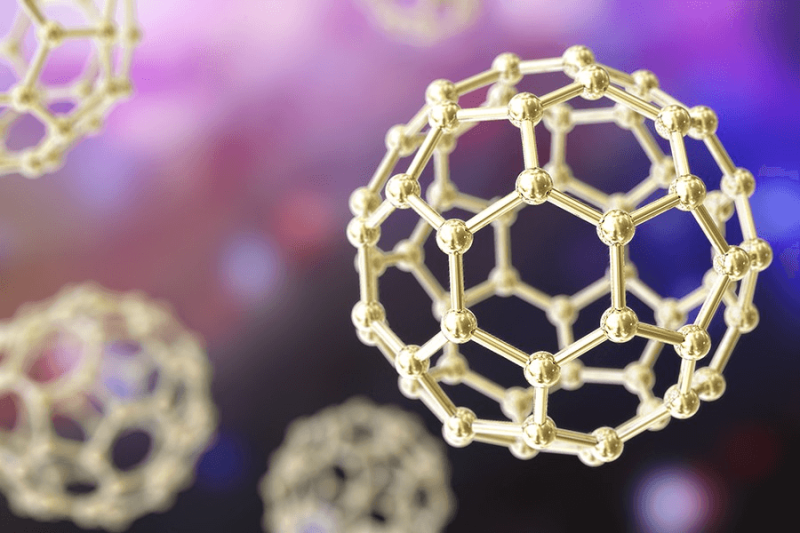The CRISPR-mediated editing of plants is already paying off. In 2021, the first CRISPR-edited food was introduced to the market, a tomato called Sicilian Rouge. The fruit produces high amounts of γ-aminobutyric acid, which its makers say can help to lower blood pressure. Teams in South Korea and Vietnam, meanwhile, have used CRISPR to make a tomato that flourishes in high salinity. To speed up such research, and to deliver CRISPR and their associated proteins (Cas) to a target location in the cell, scientists are exploring how nanoparticles can be used as carriers for genetic material.
The challenge is getting CRISPR–Cas into the cell nucleus. Plants don’t have the same kind of circulatory system as animals, which means scientists cannot simply inject material into a plant and predict its trajectory. Furthermore, each plant cell is surrounded by a thicker and stronger wall than those in animal cells. The main barrier protecting the cells is a lipid membrane comprising two layers of fatty molecules, with a hydrophobic and a hydrophilic side, to keep foreign material out. The chloroplast inside the cells — which has a distinct genome from the rest of the plant — is protected by a double membrane that CRISPR must penetrate.
LEEP helps by delivering carbon nanotubes (tiny cylinders made of a single rolled layer of carbon atoms) to plant cells. The nanotubes are wrapped in a layer of polymer, which also has hydrophobic or hydrophilic surface areas, and can cross cell membranes. With the right charge, the polymer combines with the plant’s lipid membrane, carrying the nanotube with it. It’s easy enough to attach genetic material to the nanotube, so the whole system gets carried through the chloroplast’s double membrane, delivering DNA or RNA to its desired location.































